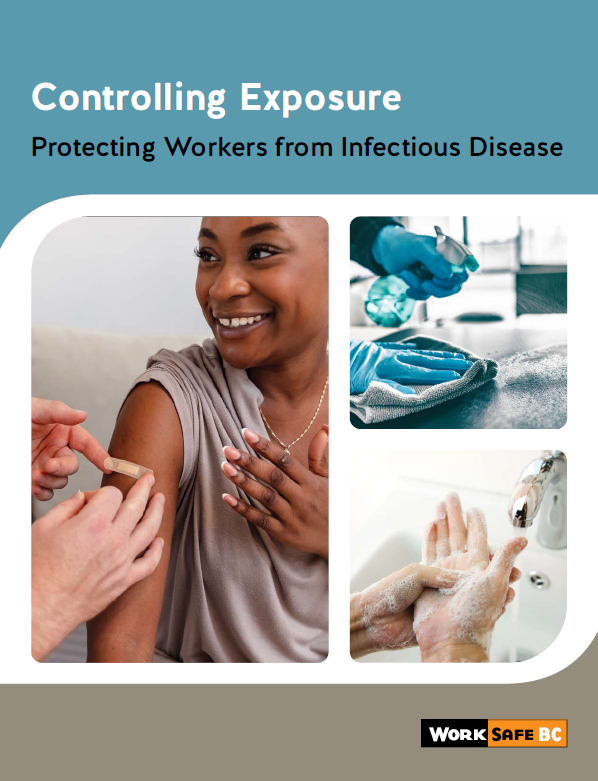West Nile virus
West Nile Virus (WNV) is a disease-causing organism. Certain types of mosquito can contract and spread it after biting infected birds. If an infected mosquito then bites a human, that person may become infected. While the virus now exists in B.C., there are steps you can take to limit your risk of infection.
- The risks
- How to reduce the risks
- Resources
The risks
West Nile Virus is spread from insects to people via mosquito bites. As the infected mosquito bites, the virus enters the body. Only about one in every five people affected with the virus will ever develop symptoms. Only a few cases of West Nile Virus have been reported in B.C. Many people are infected with West Nile Virus. Only one in every five will ever develop symptoms, though.
How to reduce the risks
If a worker or workers could be exposed to West Nile Virus, the employer must develop and implement an exposure control plan (ECP). This plan must identify the workers at risk of exposure and the controls required to protect those workers. These will be unique to each worksite and work environment. When choosing risk controls, consider the following questions.
-
1
Engineering controls
This type of control involves making physical modifications to control the hazard or reduce exposure. A question to consider:
- Have you removed any standing water or containers that collect water (e.g., old tires, flower pots, cans, etc.) from outside your workplace? These make good breeding sites for mosquitoes.
-
2
Administrative controls
This type of control involves changing work practices and policies. Some questions to consider:
- Are workers working outside between dusk and dawn (when mosquitoes are most active)?
- Are workers wearing mosquito repellent?
-
3
Personal protective equipment (PPE)
This is the least effective type of control. When used, there must always be at least one other control in place as well. A question to consider:
- Are outdoor workers wearing long-sleeve shirts and long pants that mosquitoes cannot bite through?

